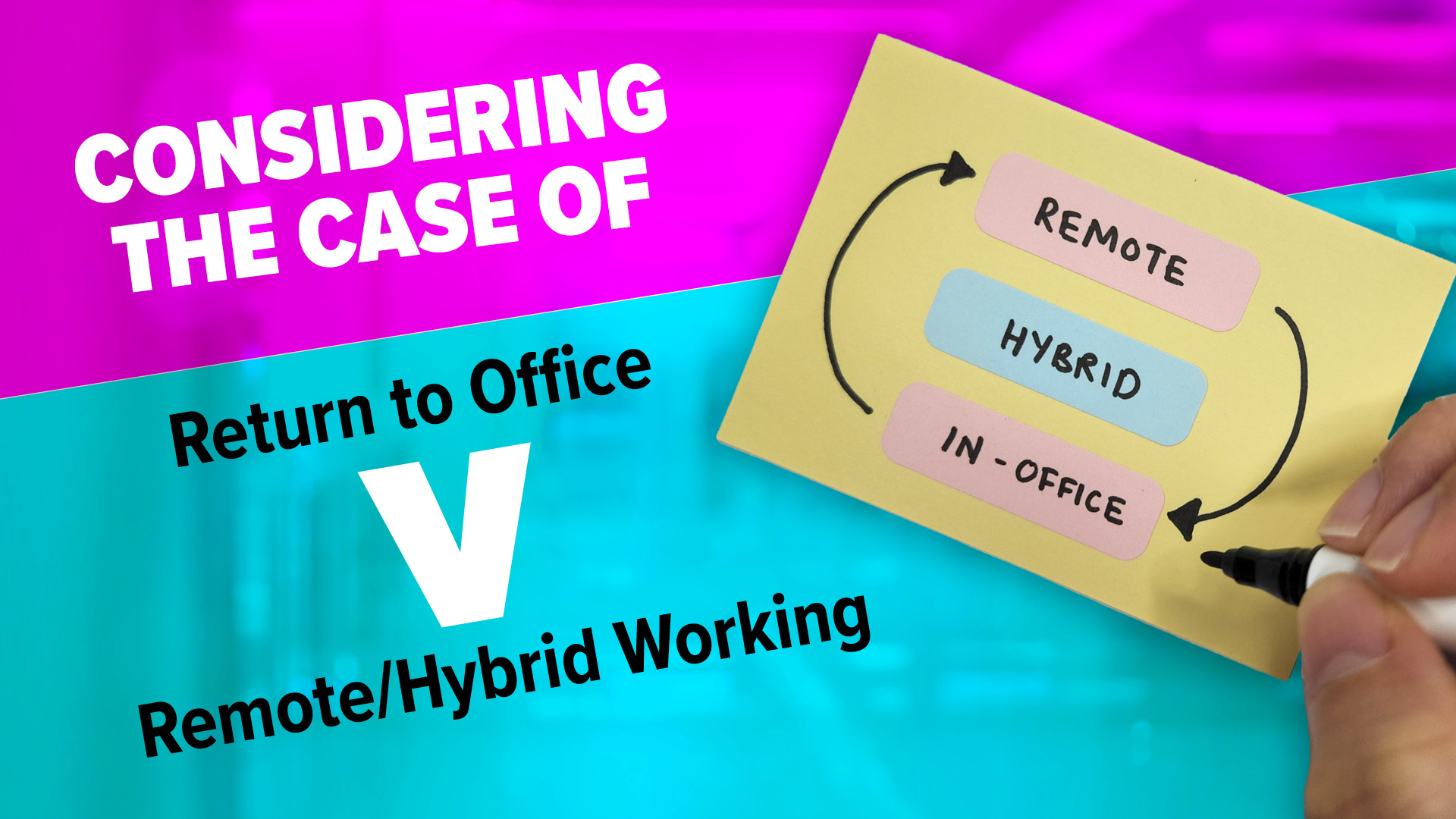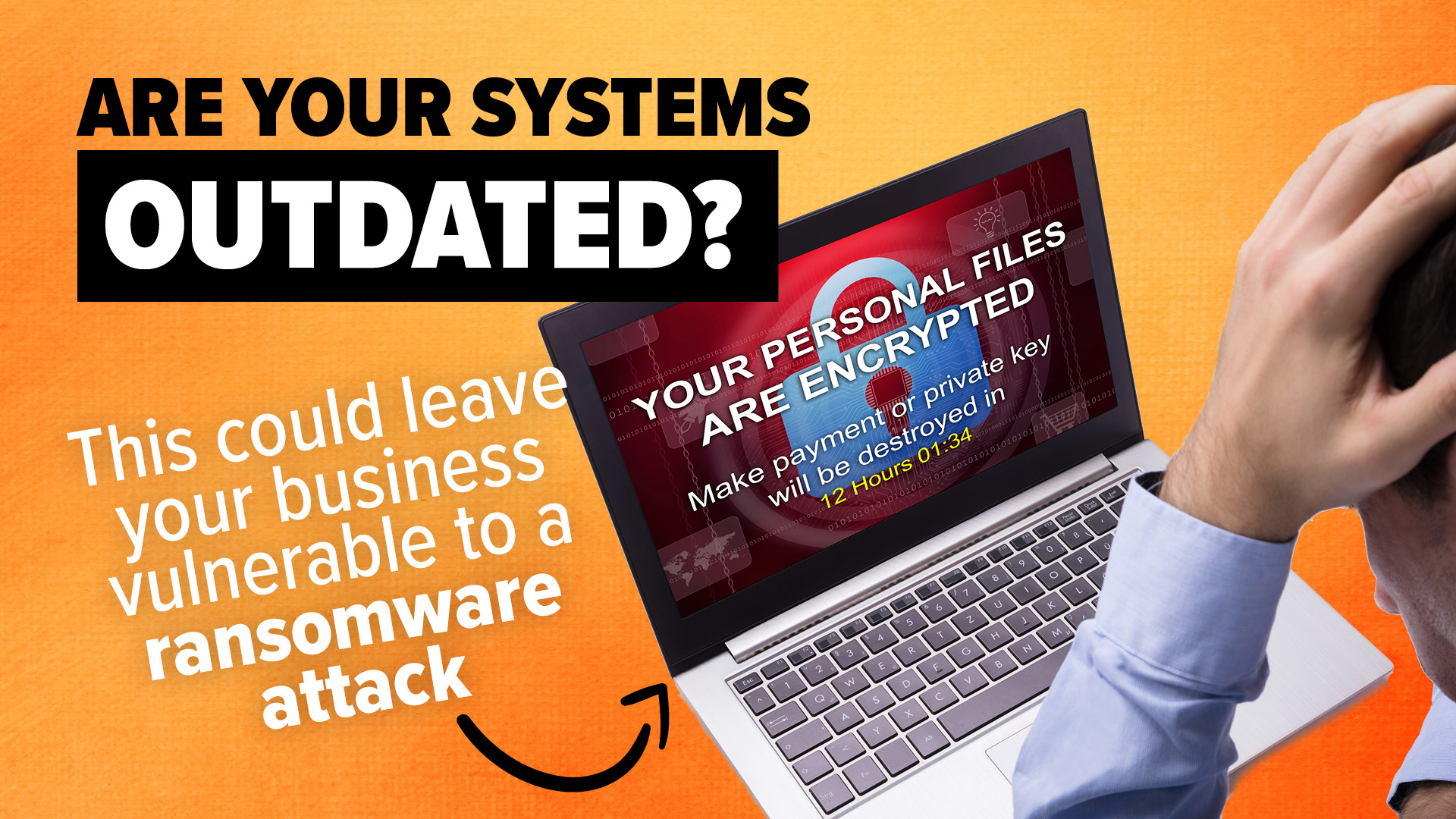Losing access to your business’s data – even temporarily – is a nightmare worthy of a horror movie. Data backup tools create copies of your data and store them in a safe place. If something goes wrong, recovery tools will use these copies to restore your lost files.

So, if your business already uses backup and recovery tools, you’d think you’re safe from data loss… but this isn’t necessarily true.
A new report shows that some backup tools aren’t always as reliable as they should be. In fact, a third of all data losses are caused by backup-related issues. When people try to recover data, they discover it’s been lost or corrupted. It’s not just corrupted backups that you should be aware of.
One of the biggest threats to businesses right now is ransomware. This is a type of malicious software (or “malware”) that locks you out of your files unless you pay a ransom to regain access.
The report found that half of businesses using backup tools still ended up paying ransoms to retrieve their files, because it was faster than trying to use their own recovery tools. Even worse? Only a small number of businesses that paid ransoms were able to fully recover their data.
Backup tools are supposed to keep your data safe, so why are they unreliable for so many businesses?
Often, it’s because they haven’t been set up properly. And even when they are, they still need to be verified regularly to make sure they are still backing up your files.
Also, older backup and recovery tools can’t always keep up with today’s sophisticated cyber attacks.
Setting up and maintaining a reliable backup system can be complicated. IT experts (like us) can make sure your tools are running correctly every day.
We can also put in place extra safeguards such as continuous data protection (CDP). This constantly saves changes to your files, allowing you to go back in time and restore your data as it was just before an attack or loss.
But even with the right tools in place, businesses need to adopt a proactive approach to data security. Having backups is only part of the solution. The other part is preparing for the worst-case scenario. Regularly testing backups is essential to ensure they work when needed.
Many businesses make the mistake of assuming that once a backup system is in place, it’s a set-it-and-forget-it situation. In reality, your backup process needs ongoing monitoring, testing, and updating. Without this, you won’t know if your data can be successfully restored until it’s too late.
Another factor contributing to data loss and backup failures is human error. Employees may unknowingly disable backup settings, misconfigure systems, or fail to follow the necessary protocols for safeguarding data.
Regular training for staff on data security best practices can greatly reduce the risk of these mistakes. It’s important to create a culture of awareness within your organization, where data protection is not just the responsibility of the IT department but everyone who interacts with your systems.
Lastly, businesses should consider a multi-layered approach to data protection. While backups are critical, combining them with other defenses, such as advanced threat detection, encryption, and multi-factor authentication, can add an extra level of protection.
By addressing the issue of data loss from several angles, businesses can mitigate the risk of data loss and minimize downtime in the event of a cyberattack. Partnering with a knowledgeable IT provider ensures that these measures are in place and that your business remains protected against the evolving threat landscape. This is something we do for businesses like yours every day. If you’d like us to help you too, get in touch.








